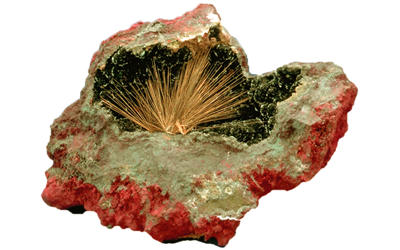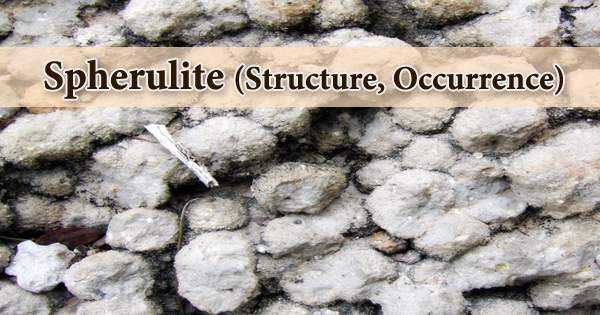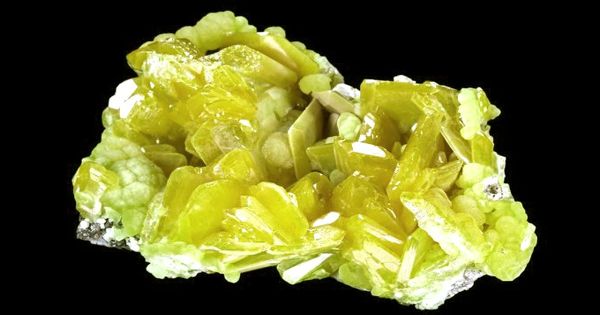Millerite is a nickel sulfide mineral, NiS. It is one of a few sulfide minerals that form fine acicular crystals that appear as hair-like fibers aggregated into sprays. It is brassy in color and has an acicular habit, often forming radiating masses and furry aggregates. It is also called “Capillary Pyrite” since it has a brassy yellow color that is close to the color of pyrite and forms the trademark capillary crystals. Millerite, when found in enough concentration, is a very important ore of nickel because, for its mass as a sulfide mineral, it contains a higher percentage of nickel than pentlandite. Millerite was discovered by Wilhelm Haidinger in 1845 in the coal mines of Wales. It was named for British mineralogist William Hallowes Miller.
Millerite forms an important ore constituent of the Silver Swan, Wannaway, Cliffs, Honeymoon Well, Yakabindie and Mt Keith (MKD5) orebodies. It is an accessory mineral associated with nickel laterite deposits in New Caledonia.
General Information
- Category: Sulfide mineral
- Formula: (repeating unit) NiS
- Crystal system: Trigonal
- Crystal class: Ditrigonal pyramidal (3m) (same H-M symbol)
- Colour: Pale brass-yellow to bronze-yellow, tarnishes to iridescence.

Fig: Millerite – a nickel sulfide mineral
Properties
Millerite is a common metamorphic mineral replacing pentlandite within serpentinite ultramafics. It can be distinguished from pentlandite by crystal habit, its duller color, and general lack of association with pyrite or pyrrhotite.
- Crystal habit: Typically acicular (needle-like) often in radial sprays – also massive
- Cleavage: Perfect on {1011} and {0112} – obscured by typical form
- Fracture: Uneven
- Tenacity: Brittle; capillary crystals elastic
- Mohs scale hardness: 3 – 3.5
- Luster: Metallic
- Streak: Greenish black
- Diaphaneity: Opaque
- Specific gravity: 5.3 – 5.5
Occurrence
Millerite is found as a metamorphic replacement of pentlandite within the Silver Swan nickel deposit, Western Australia, and throughout the many ultramafic serpentinite bodies of the Yilgarn Craton, Western Australia, generally as a replacement of metamorphosed pentlandite.
It is commonly found as radiating clusters of acicular needle-like crystals in cavities in sulfide-rich limestone and dolomite or in geodes. It is also found in nickel-iron meteorites, such as CK carbonaceous chondrites. The mineral is quite rare in specimen form, and the most common source of the mineral is in the Halls Gap area of Lincoln County, Kentucky in the United States.
Association: Gersdorffite, polydymite, nickeline, galena, sphalerite, pyrite, chalcopyrite, pyrrhotite, pentlandite, cubanite, calcite, dolomite, siderite, barite, ankerite.
















